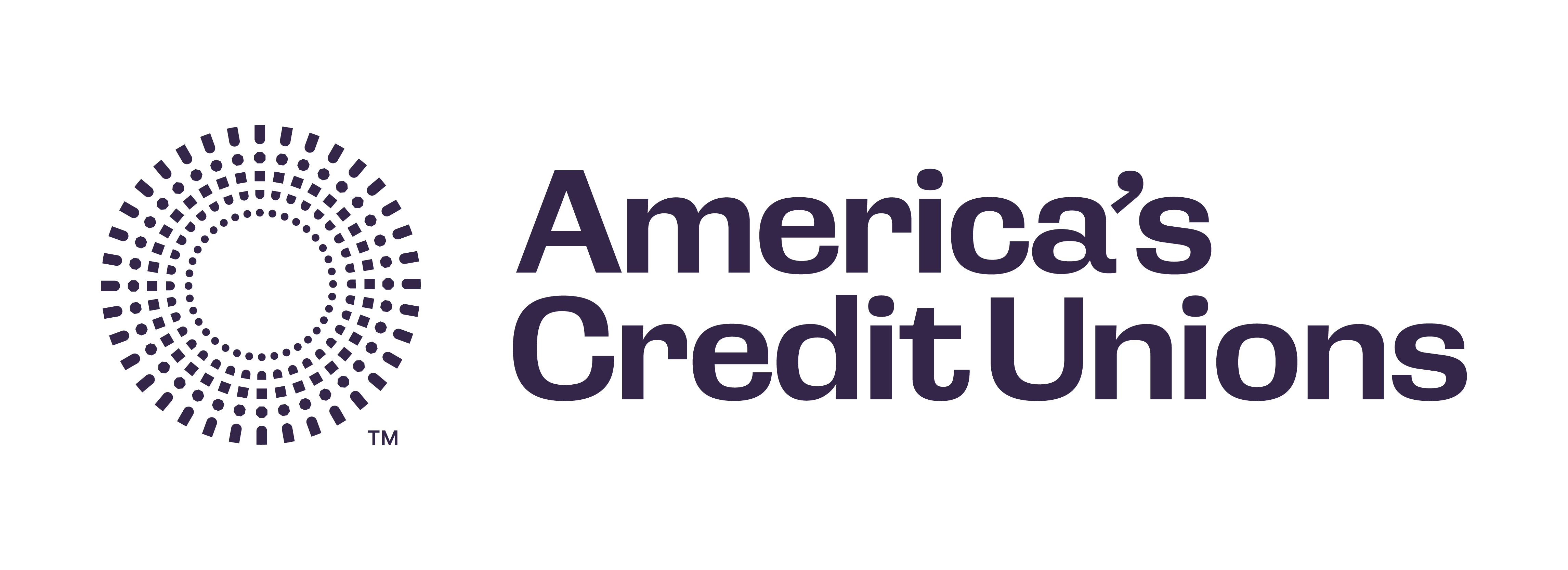Newsroom
August 14, 2015
New York Fed: Auto lending at 10-year high, foreclosures at 16-year low
The Federal Reserve Bank of New York's second-quarter Household Debt and Credit Report shows auto lending racing ahead at a 10-year high and foreclosures at their lowest level in the 16-year history of the bank's consumer credit panel.
The bank gathers consumer credit information quarterly using a national representative sample drawn from Equifax credit data.
Auto loan originations reached $119 billion in the second quarter, supporting a $38 billion increase in the aggregate auto loan balance, the New York Fed said.
The increase in auto loans – a rise of 3.9 percent – also drove most of the $67 billion increase in non-housing debt balances. Credit card balances were up 2.8 percent, totaling $703 billion. Student loans were flat.
The Fed data shows mortgage balances and home equity lines of credit (HELOCs) for all lenders were down 0.7 percent and 2.2 percent, respectively. By contrast, a recent data survey (member login required) by NAFCU showed credit union mortgages and HELOCs grew 2.6 percent and 0.9 percent, respectively.
Credit union auto loans and credit card balances were also stronger than all lenders combined, rising 4.4 percent and 2.9 percent, respectively.
The Fed report also shows that recent mortgage originations are now driven by borrowers with higher credit scores. "Persistently tight underwriting standards imply that new mortgages continue to be originated predominantly to the most creditworthy borrowers," a bank executive said.
Curt Long, NAFCU's chief economist and director of research, cited the impact of CFPB rules on lending. "CFPB's qualified mortgage rules are having an outsized impact on the tight credit conditions many borrowers are facing, especially for those first-time borrowers saddled with student loan debt," he said.
The bank gathers consumer credit information quarterly using a national representative sample drawn from Equifax credit data.
Auto loan originations reached $119 billion in the second quarter, supporting a $38 billion increase in the aggregate auto loan balance, the New York Fed said.
The increase in auto loans – a rise of 3.9 percent – also drove most of the $67 billion increase in non-housing debt balances. Credit card balances were up 2.8 percent, totaling $703 billion. Student loans were flat.
The Fed data shows mortgage balances and home equity lines of credit (HELOCs) for all lenders were down 0.7 percent and 2.2 percent, respectively. By contrast, a recent data survey (member login required) by NAFCU showed credit union mortgages and HELOCs grew 2.6 percent and 0.9 percent, respectively.
Credit union auto loans and credit card balances were also stronger than all lenders combined, rising 4.4 percent and 2.9 percent, respectively.
The Fed report also shows that recent mortgage originations are now driven by borrowers with higher credit scores. "Persistently tight underwriting standards imply that new mortgages continue to be originated predominantly to the most creditworthy borrowers," a bank executive said.
Curt Long, NAFCU's chief economist and director of research, cited the impact of CFPB rules on lending. "CFPB's qualified mortgage rules are having an outsized impact on the tight credit conditions many borrowers are facing, especially for those first-time borrowers saddled with student loan debt," he said.
Share This
Related Resources
CFPB Orders Bank of America to Pay $12 million
Examination & Enforcement Home-Secured Lending
Blog Post
Adverse Action: Withdrawal, Counteroffer, Notice of Incompleteness
Home-Secured Lending
Blog Post
HELOC Application and Account Opening Disclosures
Home-Secured Lending
Blog Post
Flipped Houses and Second Appraisals
Home-Secured Lending
Blog Post
Get daily updates.
Subscribe to NAFCU today.
